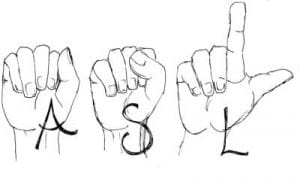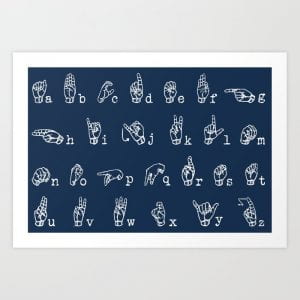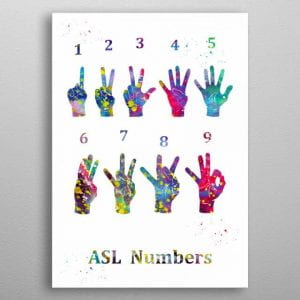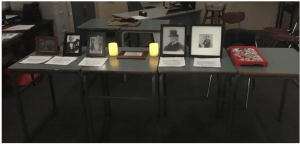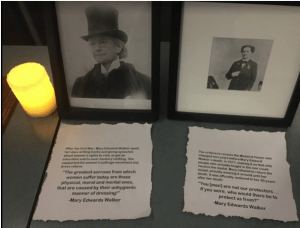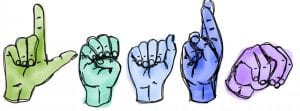“You must come to terms with the reality that nothing outside ourselves, be it people or things is actually responsible for our happiness.”
-Mary Edwards Walker
I am drawn to Mary Walker because she risked her life to help injured soldiers in the Civil War, because she fought for women’s rights, and because she is the first and only women to receive the Medal of Honor. Mary was a surgeon in the Civil War, and while trying to help soldiers, she was captured by the Confederate Army and was a prisoner of war for five months. Multiple times she was arrested for wearing a man’s clothing, but she did not allow herself to be pushed to wear a dress. She also wrote two books, Hit and Unmasked.

Mary Edwards Walker should be considered eminent because she helped many people in the Civil War as a surgeon and inspired a lot of women to fight for their rights. She volunteered before, after and during the Civil War in hospitals and in orphanages, wearing pants and a top hat the entire time. She was the president of the “National Dress Reform Association” and supported women’s suffrage. She wrote two books talking about her views on women’s rights and voting. Between her schooling and the Civil War, Mary set up two main projects: one project that helped families find other family members in hospitals across Washington, and the other providing female visitors a safe place to stay during their visit.
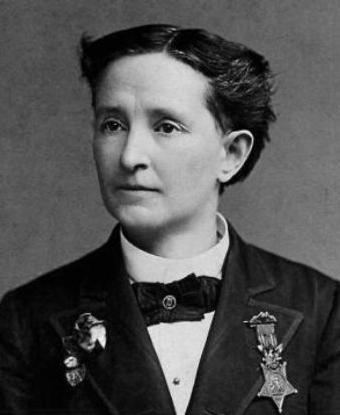
I think one of Mary Walker’s strengths is being determined and not letting what people say hurt her. When she was told to stop wearing men’s clothing, to which she would say “I don’t wear men’s clothes, I wear my own clothes”, or when she was told to quit the debate society in school, or when she was told she could not work in the Civil War because she was a woman, she always pushed back, and in several cases she won. Also, after being given the Medal of Honor, the criteria for getting a Medal of Honor was changed and was taken away from Mary, but she refused and continued to wear her Medal of Honor until her death. Years later, the Medal was re-awarded to her in 1977, after she had died. Another strength was being a critical thinker and not simply accepting what society said just because that was “just the way it is”. She fought for women’s rights and could understand that women should have the right to vote, even if that was not the typical opinion in society. One of Mary’s weaknesses might have been that she was at times almost too brave, crossing into enemy territory trying to help people during the war, and being taken as a prisoner of war in the process. But that bravery also served as one of her greatest strengths while helping in the war and while fighting for women’s rights.
“You [men] are not our protectors…. If you were, who would there be to protect us from?”
-Mary Edwards Walker
Before Mary Walker was a famous feminist and surgeon, she attended Syracuse Medical College in 1855 to receive a Doctor of Medicine degree and was the only female in her class. It was rare for women to pursue careers in that field, so Mary had to overcome the challenge of constantly being told she could not be a surgeon. In school, Mary joined the debating society as the first female member and was suspended when she would not quit. Originally, when offering to work as a surgeon in the Civil War, her offer was turned down because she was a woman and female surgeons were not trusted or accepted. Mary was persistent though, and eventually they let her help.

One person who influenced Mary Walker was Amelia Bloomer, who informed women of the health risks with corsets and dresses and started wearing “bloomers”, or pantaloons, and convinced many other women to do the same. Mary Walker wore bloomers before she started wearing men’s clothing all the time, even when other women abandoned bloomers after teasing and assaults from certain men and women. Amelia Bloomer opened Mary’s eyes to the fact that a change could be made. The second large influence was Mary’s family. Both her parents believed that girls and boys should get equal education, and Mary and her sisters were all educated as boys would have been by their parents. They also supported Mary when she started wearing what would be traditionally men’s clothing and told her that working towards a job as a surgeon was perfectly acceptable. Amelia Bloomer and the Walkers were huge influences that helped Mary do all the work she did in the Civil War and for women’s rights.
One passion I share with Mary Edwards Walker is writing. After her work in the Civil War, Mary wrote two books about her views of feminism and the education system. As for our upbringing, we both grew up in North America, with parents who encouraged us. Mary’s parents were extremely supportive of her educational and career goals, which was rare in the 1830’s.

A quality I think I share in common with Mary Edwards Walker is being a critical thinker. She also cared about women’s rights, which is something I care about too. Another quality I think we share is being determined, something Mary had to be to achieve her eminence.
Mary Edwards Walker exemplifies my goals in TALONS because I want to work as hard as she did at school. She had to put in a lot of effort to get an education and to get her Doctor of Medicine degree, and I want to work just as hard to do well in TALONS.
The main barrier that separates Mary Edwards Walker and I is when we grew up. Because Mary grew up in the 1830’s, education was uncommon for girls, as was being a surgeon. Now, if I wanted to be surgeon, it would take much less effort that it took Mary. I can address this in my speech by doing research on how the daily lives of women in the 1830-1900’s compare to our lives now.

Mary Edwards Walker has contributed to feminism and women’s rights by demonstrating in the Civil War that women can be surgeons just as well as men can, and she inspired many women to wear “Bloomers”, when it was still unaccepted for women to wear pants. She almost never wore a dress in public, even during her wedding, where she wore pants. She contributed as a surgeon in the war by helping injured soldiers on both sides. Before being accepted as a surgeon by the army, she volunteered as a nurse at orphanages and at hospitals.
Mary Edwards Walker has made a ding in the universe by fighting for equal rights for women, something that is still being fought for today. Today though, any women can go to university in Canada, which is the difference between what Mary Walker had to go through and what we must today. But that right to an education we have all started with women like Mary, who fought for their own education. I hope that in a hundred years, women still understand that their education is not something that was just handed to all girls in the past, but was something they had to work for. I hope people can realize this and thank Mary Walker, and all the other girls, who fought for equal rights.
While rising to her eminence, Mary had to face many obstacles, such as getting an education and the gender roles of society. She faced these obstacles by ignoring those who told her she “could not do it”, and instead just went for it. She showed up to university, even when she was told not to. She wore pants and a top hat, even after getting arrested more than five times for it. She even tried registered to vote in 1871 but was again turned away. Mary Walker wanted equal rights for women and men, and she feared a future where women were continually forced to fit in the gender roles of society. She felt that “the greatest sorrows from which women suffer today are those physical, moral and mental ones, that are caused by their unhygienic manner of dressing”.
My goal for the next stage of my research is to find out more about what Mary Walker’s daily life would have been like in the 1830’s to 1900’s. I want to be able to connect with Mary Walker through knowing what life was like. I will find at least a dozen more facts about the time period when she lived before Night of the Notables so I can understand her even more.
information:
https://cfmedicine.nlm.nih.gov/physicians/biography_325.html
https://www.britannica.com/biography/Mary-Edwards-Walker
https://www.biography.com/activist/mary-walker
https://www.thefamouspeople.com/profiles/mary-edwards-walker-6633.php
https://www.encyclopedia.com/people/social-sciences-and-law/social-reformers/mary-edwards-walker
https://time.com/4235358/mary-edwards-walker/
https://www.womenshistory.org/education-resources/biographies/mary-edwards-walker
https://history.army.mil/news/2016/160200a_maryEdwardsWalker.html
Pictures
https://www.wikiwand.com/en/Mary_Edwards_Walker
https://www.nps.gov/people/mary-walker.htm
https://www.missedinhistory.com/podcasts/civil-war-medicine-mary-edwards-walker.htm
https://www.businessinsider.sg/dr-mary-walker-only-woman-medal-of-honor-civil-war-2019-2/
https://www.goodreads.com/book/show/2301271.Hit


